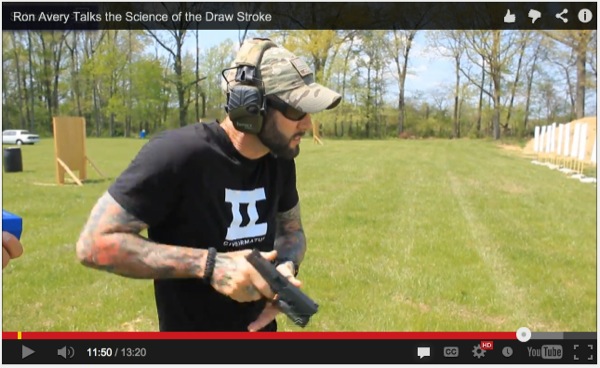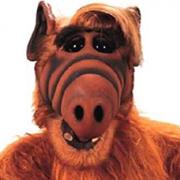I think folks are over- simplifying the difference between simplicity and complexity.
Changing speed isn't changing the technique. All of my decisions bring the gun along the same practiced path and the only "modulation" (to borrow Gabe's term) comes from what I'm seeing through the sights.
Having a "free and clear environment, high% easy target draw" and a "cluttered environment, low% difficult draw" is totally different. Now I'm having to make a decision between two much different paths and, more importantly, that decision has to be made at least in part based on things other than my point of focus. I'm not making decisions about the target, I'm having to evaluate my surroundings before I choose which draw technique to use. And I have to make the right decision, under stress, while my attention is being pulled at by someone(s) with guns trying to hurt me or mine. Plus, now I have to practice two different draw strokes.
Gabe brought up a fumbled draw. That's a great example: if you fumble a draw it messes up your draw, right? That's tautological. We don't have "good draw technique" and "fumble draw technique." We fumble, it interrupts the proper practiced process, we make a correction, and drive on. It costs time. Even if you wanted to practice with your gun slightly askew on the belt to simulate a bad grip or something it's not the same because you're consciously planning for it.
I don't doubt for a second that guys who normally use the straight line/index type draw can draw when there is something right in front of them. My concern is whether they will automatically go to that less familiar technique when it's really needed and they don't have forewarning and a chance for a walkthrough before the action begins. One of the reasons various closer-to-the-body draw techniques were developed is because people did make mistakes and did have problems when they found themselves in less permissive spaces than a square range. Heck, I can remember being at a major IDPA match once and even though people knew they'd be drawing from underneath a table they still drew too low and bumped the table. So the SOs had to start specifically warning people about it in the stage description. Speed + stress + habit = falling back to training.
Do I think people can use their brains under stress? Absolutely. But that's not the important question. The important question is will they have the spare brain power -- on top of all the other things they must be thinking about in a fight -- to add "choose the best draw stroke" to the mix?
We ran a stage at a KSTG match a few months ago in which the shooter started lying face down on the ground. On the beep, he was required to roll over onto his side, draw, and engage a close target from that position. The number of people who fouled up their draws simply by being on their side with no obstructions, etc., was phenomenal. The number who tried to use a straight line draw and then had to pause for a noticeably long time to get things squared up was also phenomenal. ("Let gravity stop the gun" doesn't work great when gravity isn't pulling in the same relative direction you're used to) Folks who had a closer to the body draw stroke and who used a technique that got the sights in the eye line early were far less likely to fumble and had significantly better times. Again, this was a target that just about anyone could hit in less than two seconds just standing there... but it took some folks two or three times that to get off the first shot because their technique was optimized for one specific position.
Gabe also mentioned the close/contact distance problem. Agree 100% that for an appendix draw you have to make a change there. And it's something you do have to practice. It's a distinct disadvantage to the carry position. Personally, I find it a minor problem because (a) the stimulus for the decision to choose the different technique is still the threat rather than some other environmental factor and (b) the entire ECQC fight is dramatically different than the beyond-ECQC fight anyway so pretty much any technique that normally ends in full extension is going to have to change.



 Reply With Quote
Reply With Quote




